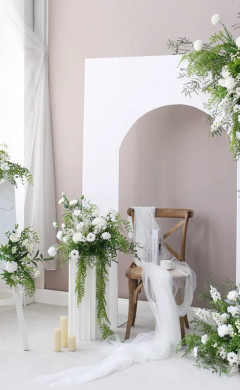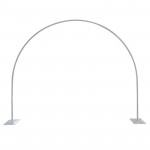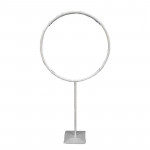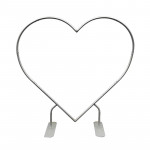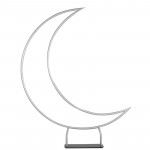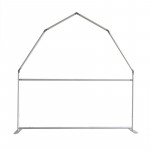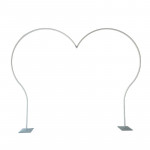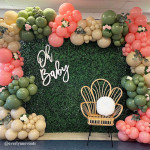Quick Tips- Greenery Tutorial
15 Sep
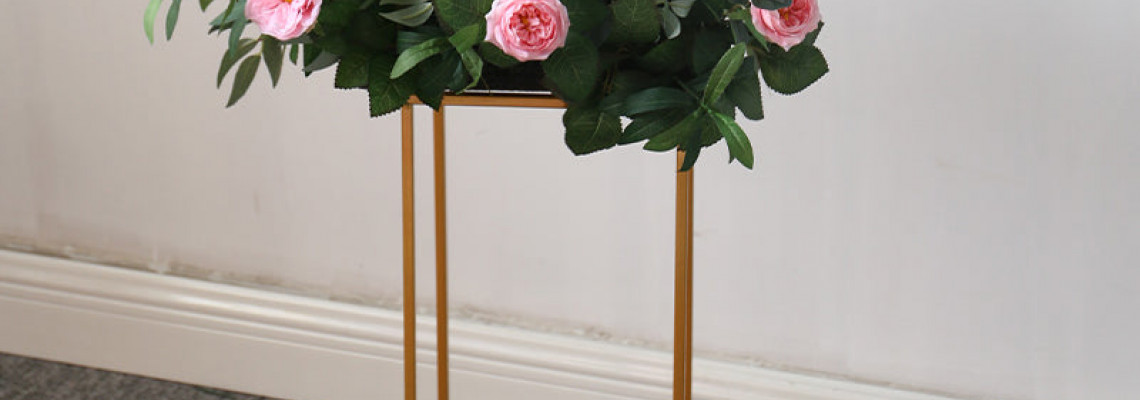

0 Comment(s)
91 View(s)
Quick Tips- Greenery Tutorial
Filler and foliage have become crucial for my designs, giving them a more authentic appearance. Honestly, though, it took me some time to figure out how to employ them in arrangements that worked best for me, and even longer to figure out how to make every piece matter!
- Typically, they arrive in bundles of stems. Here are some of my favorite techniques for preparing single stems. Which areas are the easiest to work with when creating bouquets and other arrangements?
- Take off each stem from the bundle with your wire cutters. I make my cut as near the "handle" as I can.
- Eliminate any foliage or filler that has been cut separately around the base of each stem. Pull off the sections below; you'll only need the top portion (around 4" from the tippy top for a little bouquet). Use wire cutters or scissors to cut out the additional nubs from the stem. Next, we'll trim those extra leaves!
- Sure leaves contain a small "cup" at the base, which is how they initially attached themselves to the stem. The floral wire can be glued right into the cup. Take note of the lamb's ear in the image above.
- There is a hole at the base of other leaves or filler. I prefer to loop my floral wire over the hole after inserting it for them. You can compress it firmly with your fingers or use needle-nose pliers to hold it in place. Here's an example of how to do that using the laurel above!
- When you clip certain fillers from the handle, their stems are short. I'll connect a separate floral stem with floral or vinyl tape to make them long enough to fit into bouquets.
Even though it's not too difficult, it can be time-consuming and tedious. Put on the show you're currently obsessed with, and get moving!
